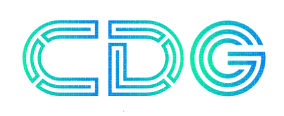In treatments, new technology will be bringing about a revolution nicknamed 4P - predictive, preventative, personal and participatory. From artificial intelligence (AI) to 3D stamping and even ingestible sensors, these advances present patients better health outcomes and allow doctors to be even more proactive inside their treatment.
One of the primary changes is due to big info and the emergence of AI-based analytics and models which you can use by medical professionals to keep an eye on trends and predict the onset of illnesses like cancers, COVID-19 or perhaps heart disease. A Toronto-based manufactured intelligence organization, for example , used its predictive tools to alert its customers - which include various governments, hospitals and businesses -- to an out of the ordinary bump in pneumonia conditions in Wuhan, China, which has been later revealed www.medisoftreports.com to be the COVID-19 outbreak.
Other technology is directed at improving affected individual comfort and reducing stress levels. Virtual reality and augmented fact being used to distract nervous clients during surgical procedures, or to support train medical students devoid of putting genuine patients at risk. And distant monitoring is now more common, due to devices that could track blood pressure and oxygen saturation levels or send alerts if the numbers happen to be slipping.
These types of advancements are generally not just helping to improve sufferer care, they’re also minimizing costs. The adoption from it in health-related has decreased the need for paper charts and enables better data safe-keeping and collection. It has likewise lowered the likelihood of medication mistakes and upgraded communication between healthcare practitioners and clients.

